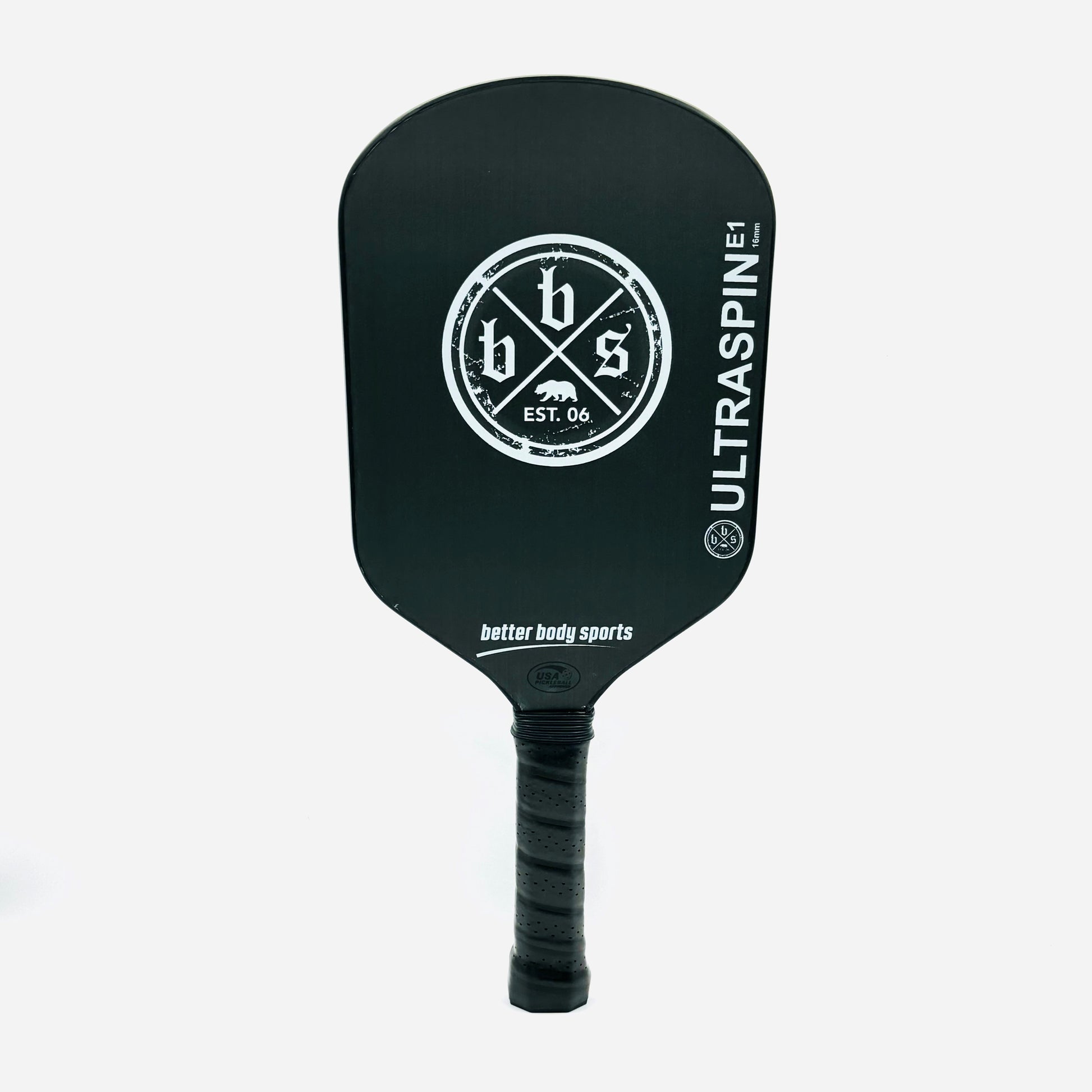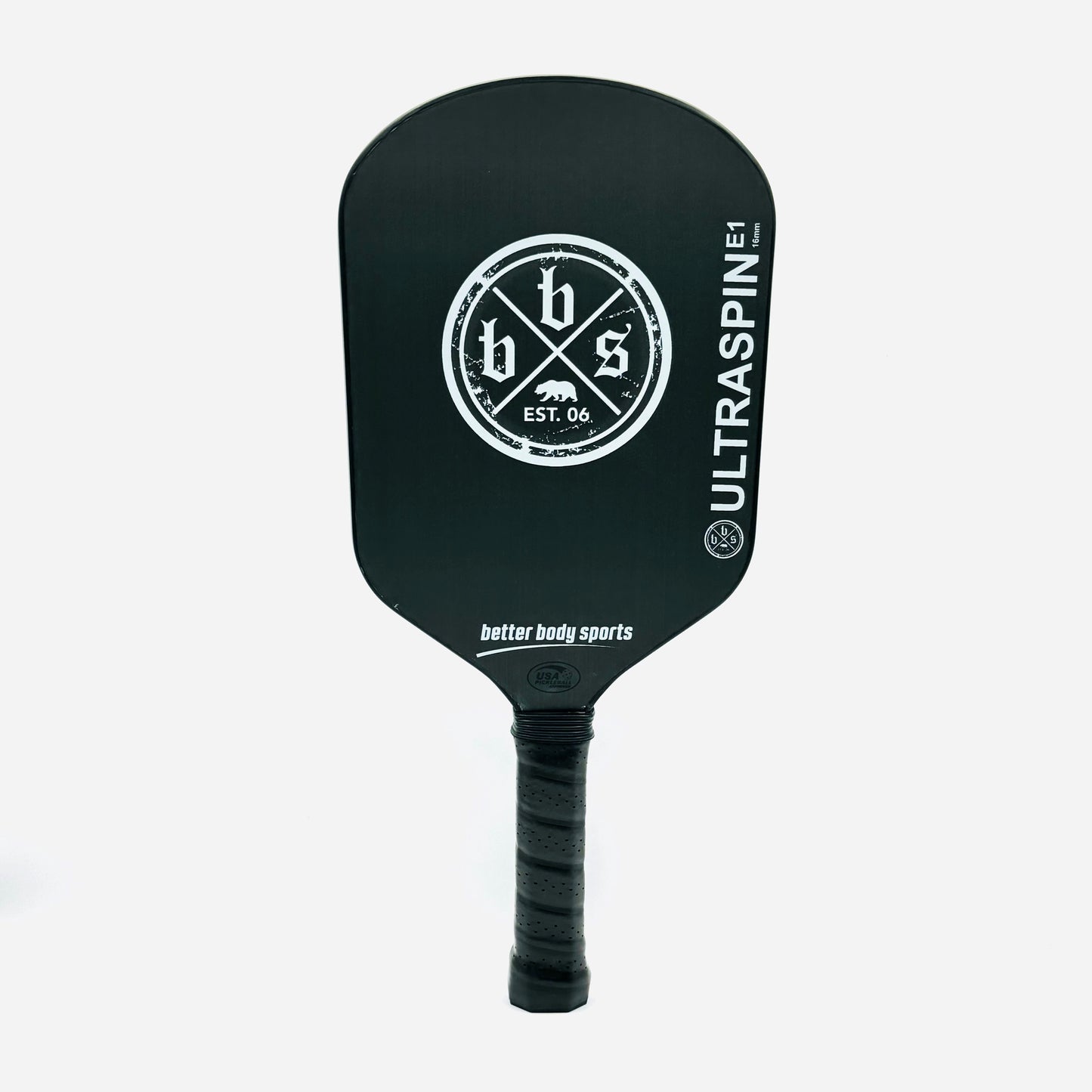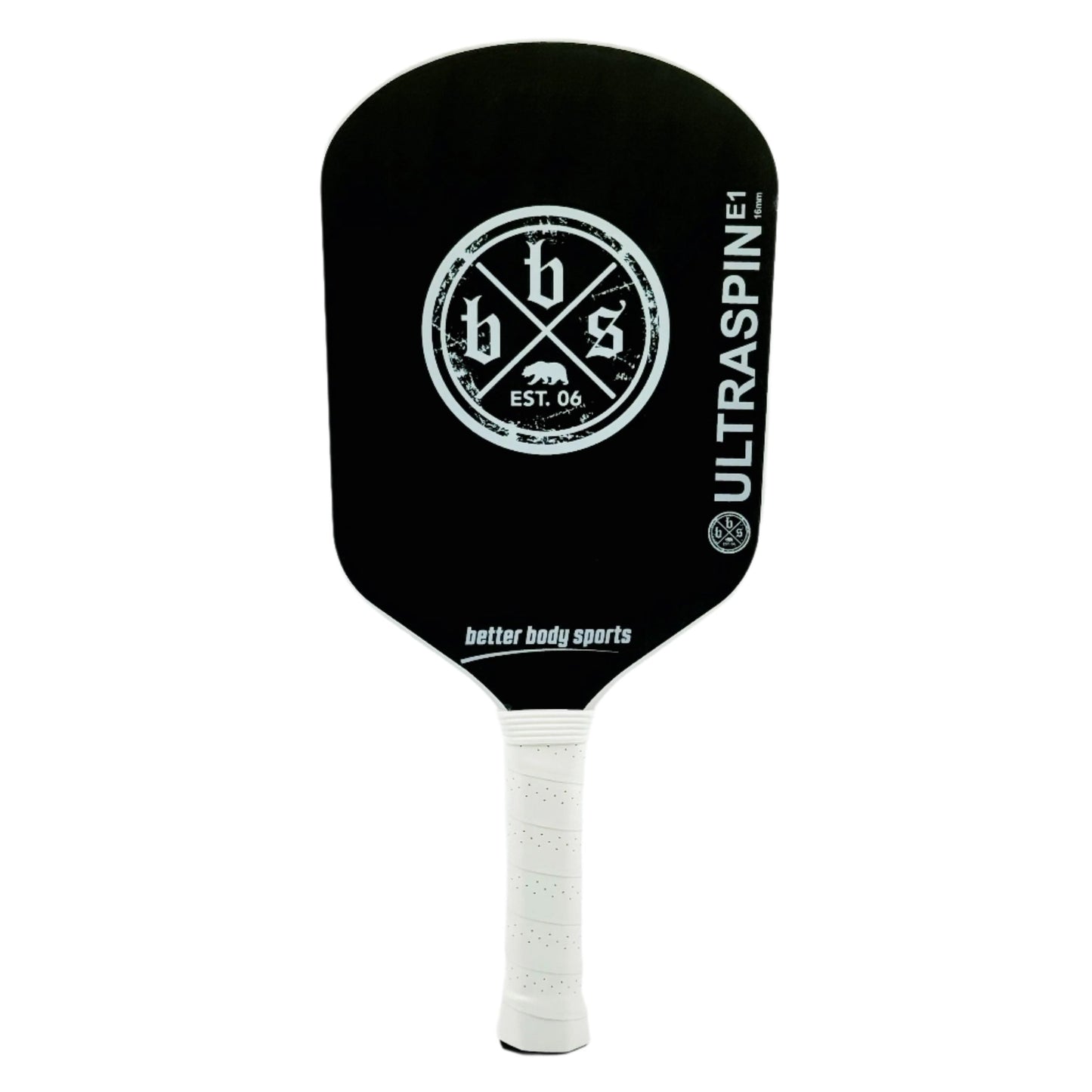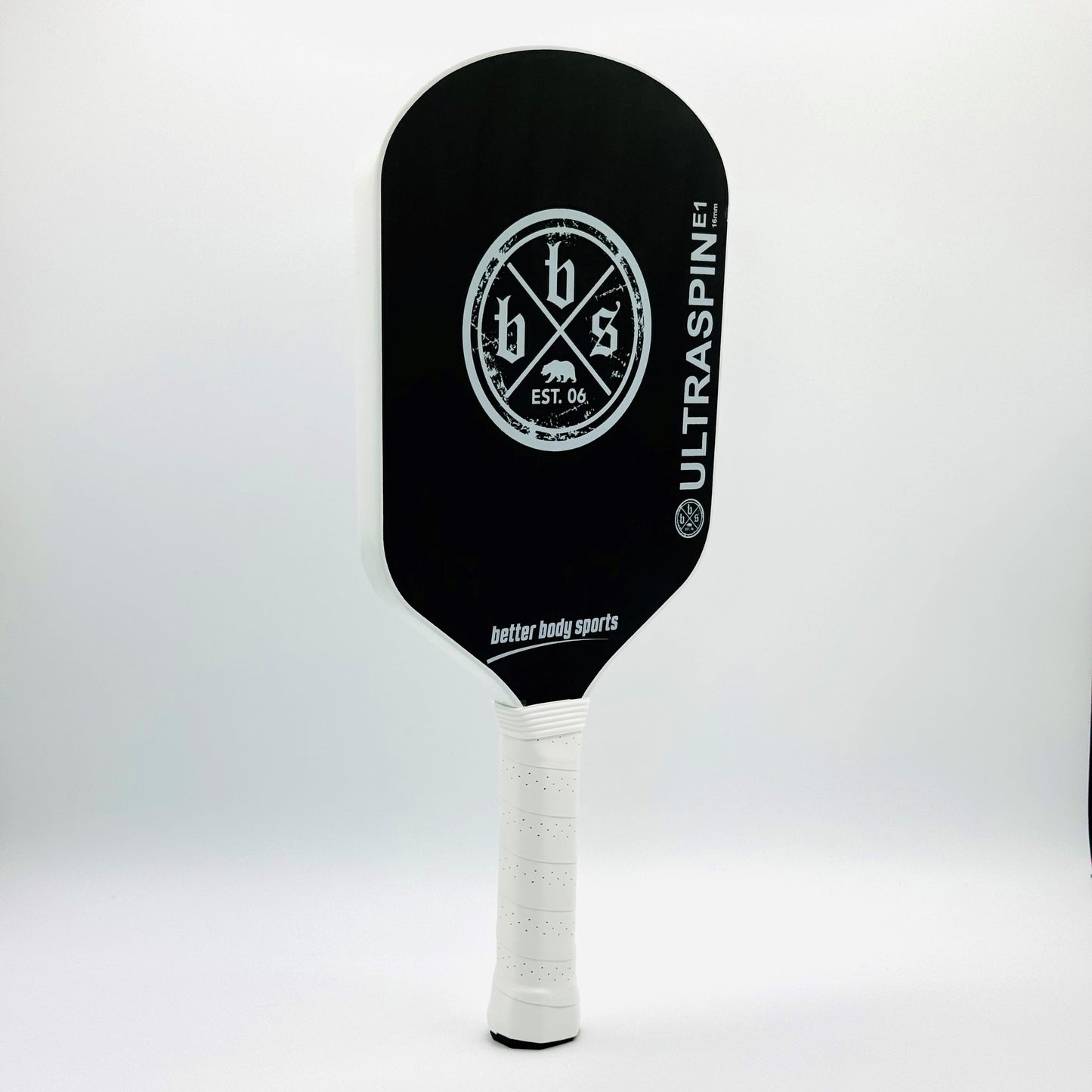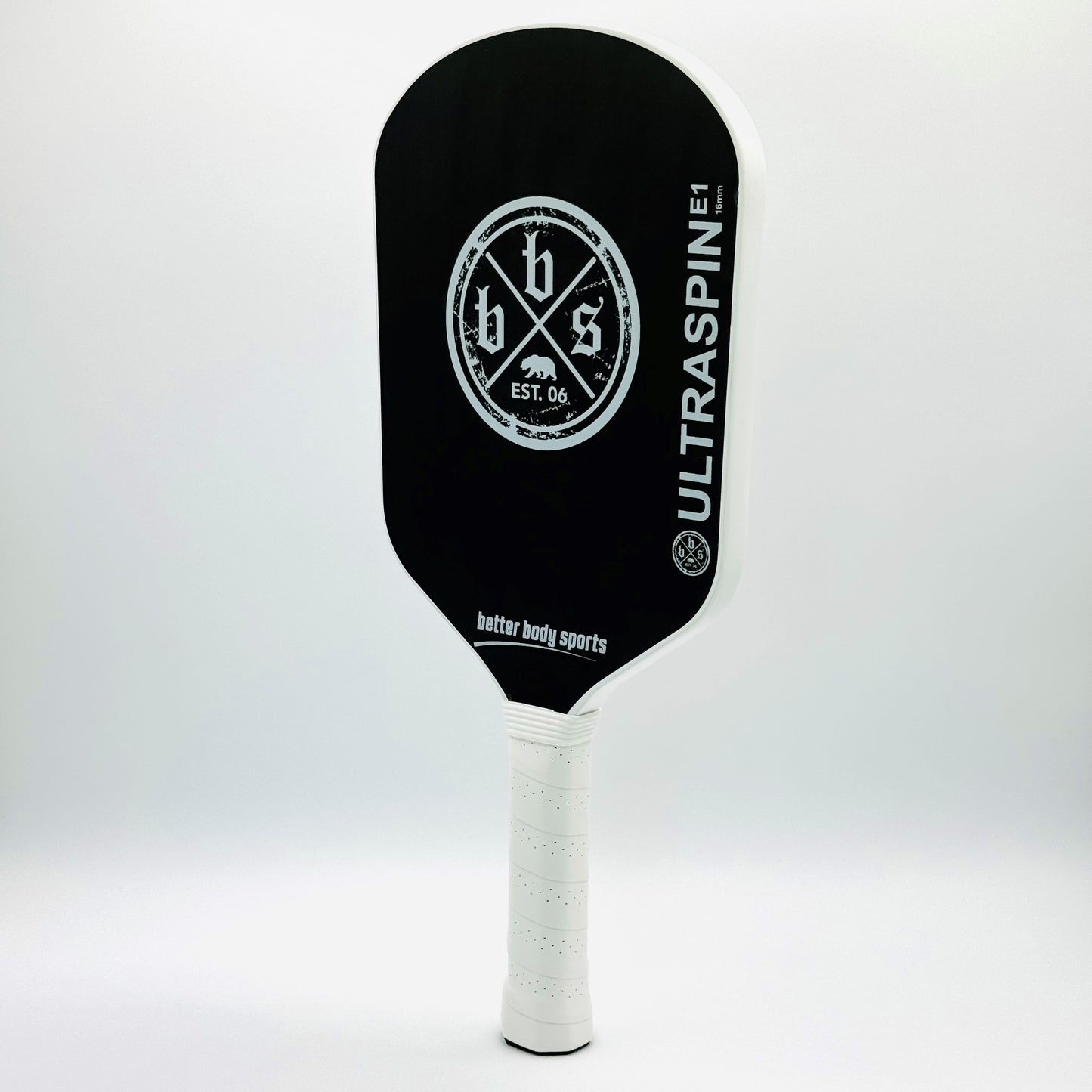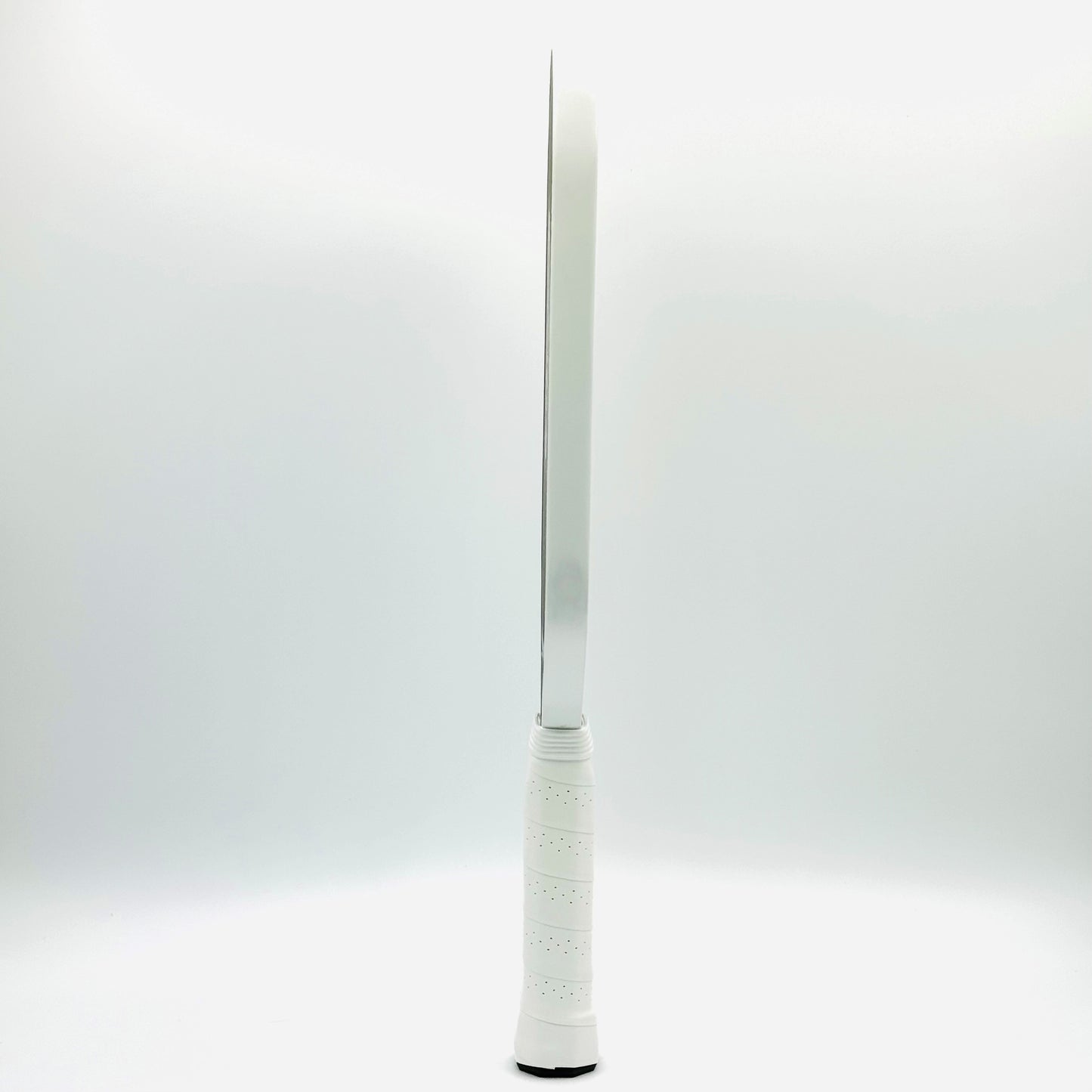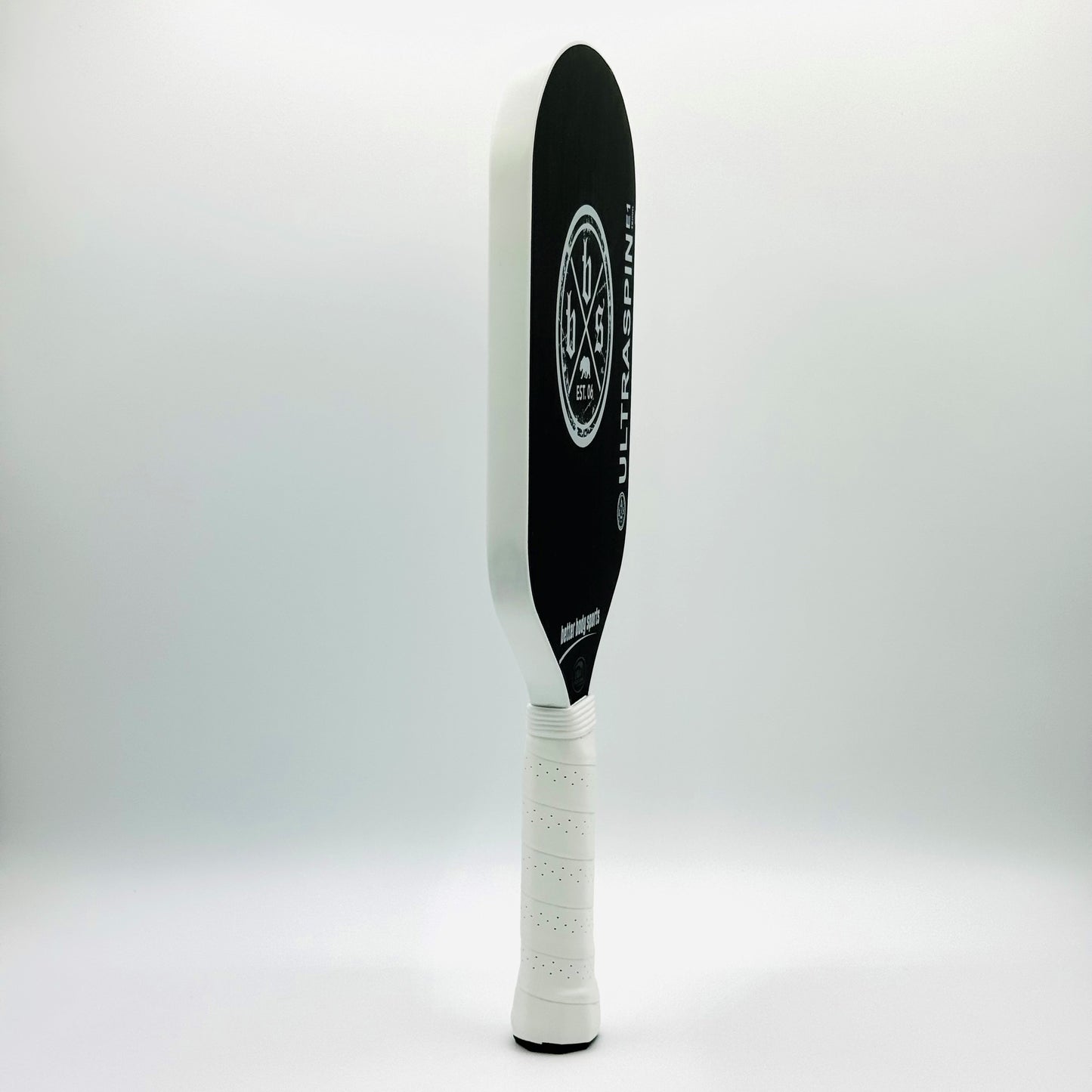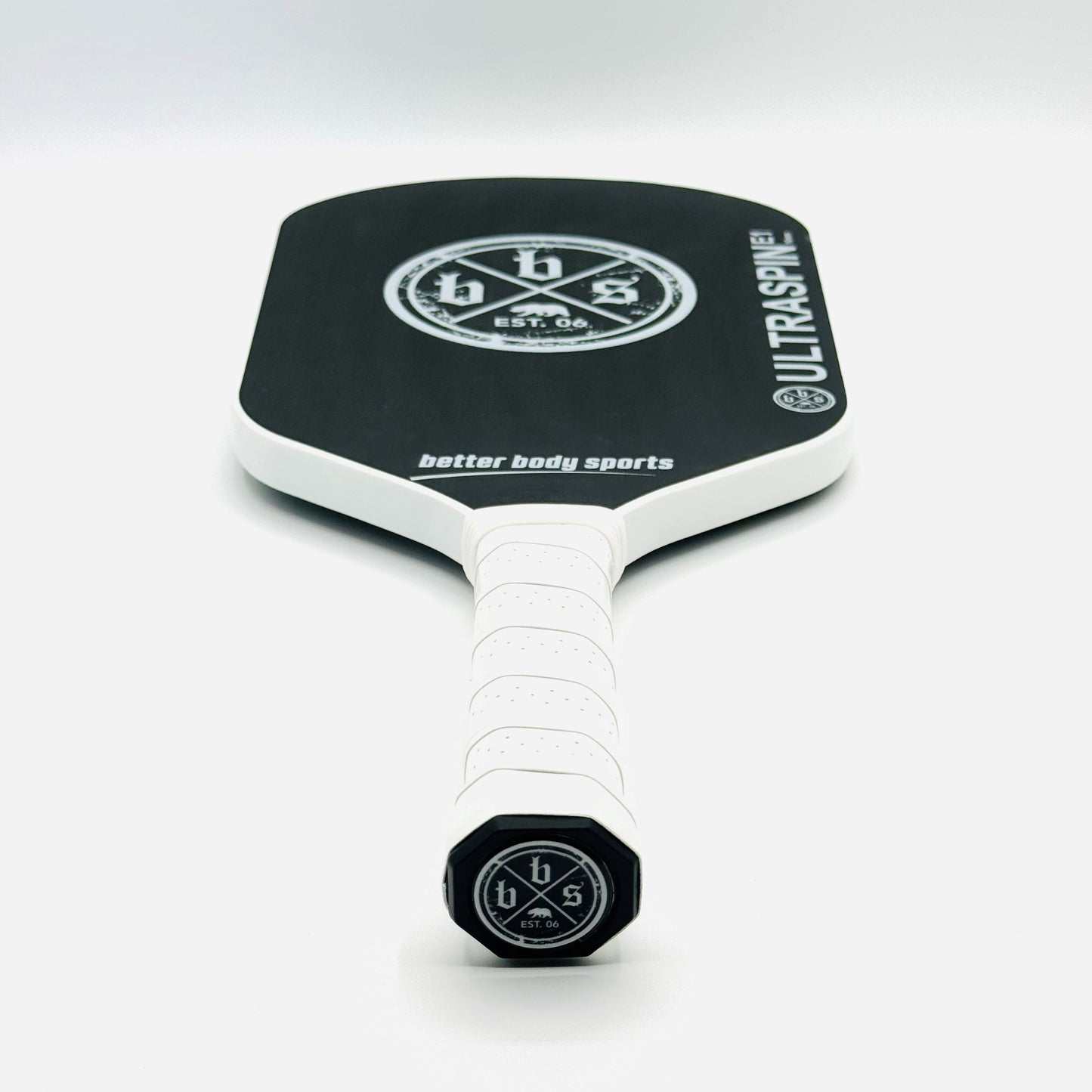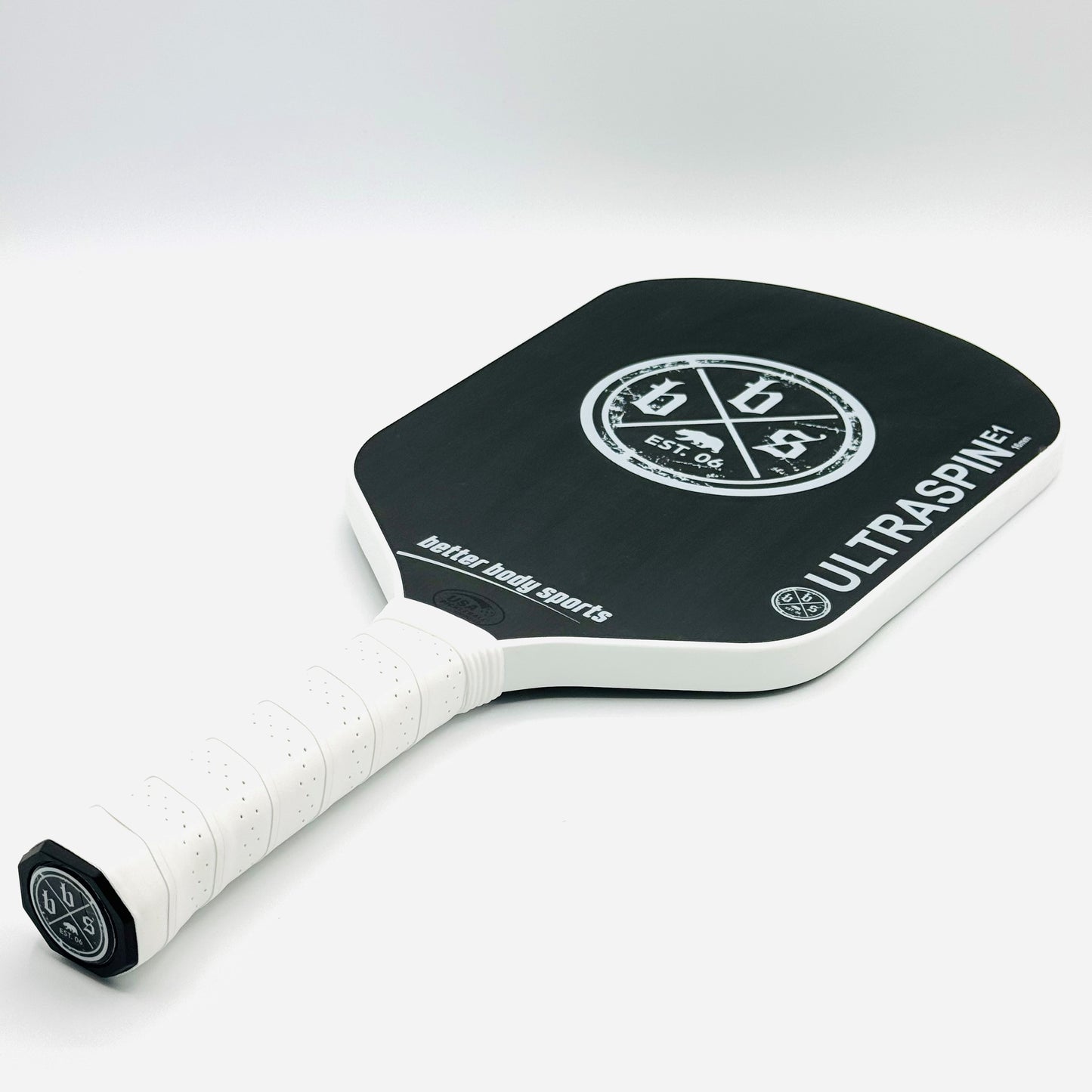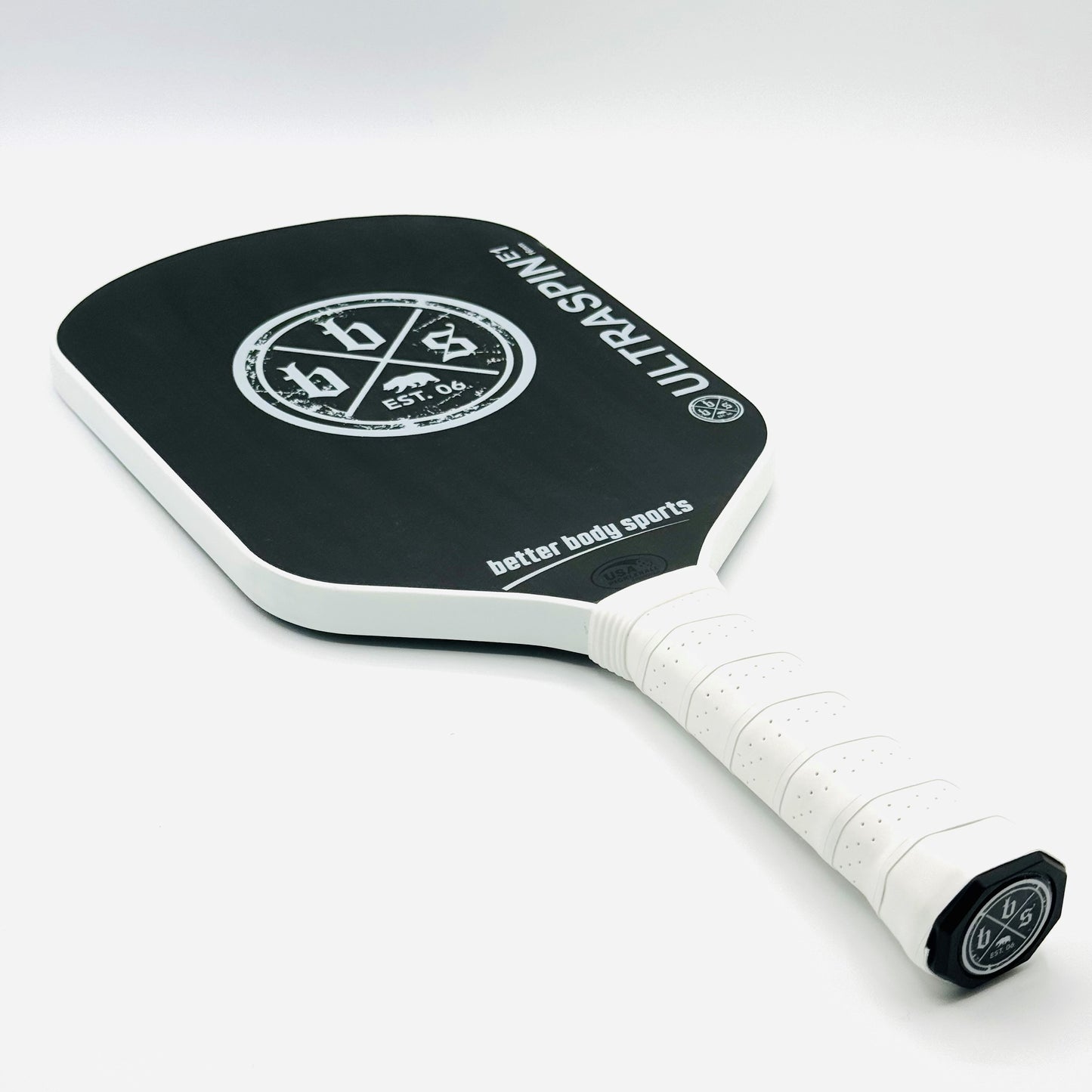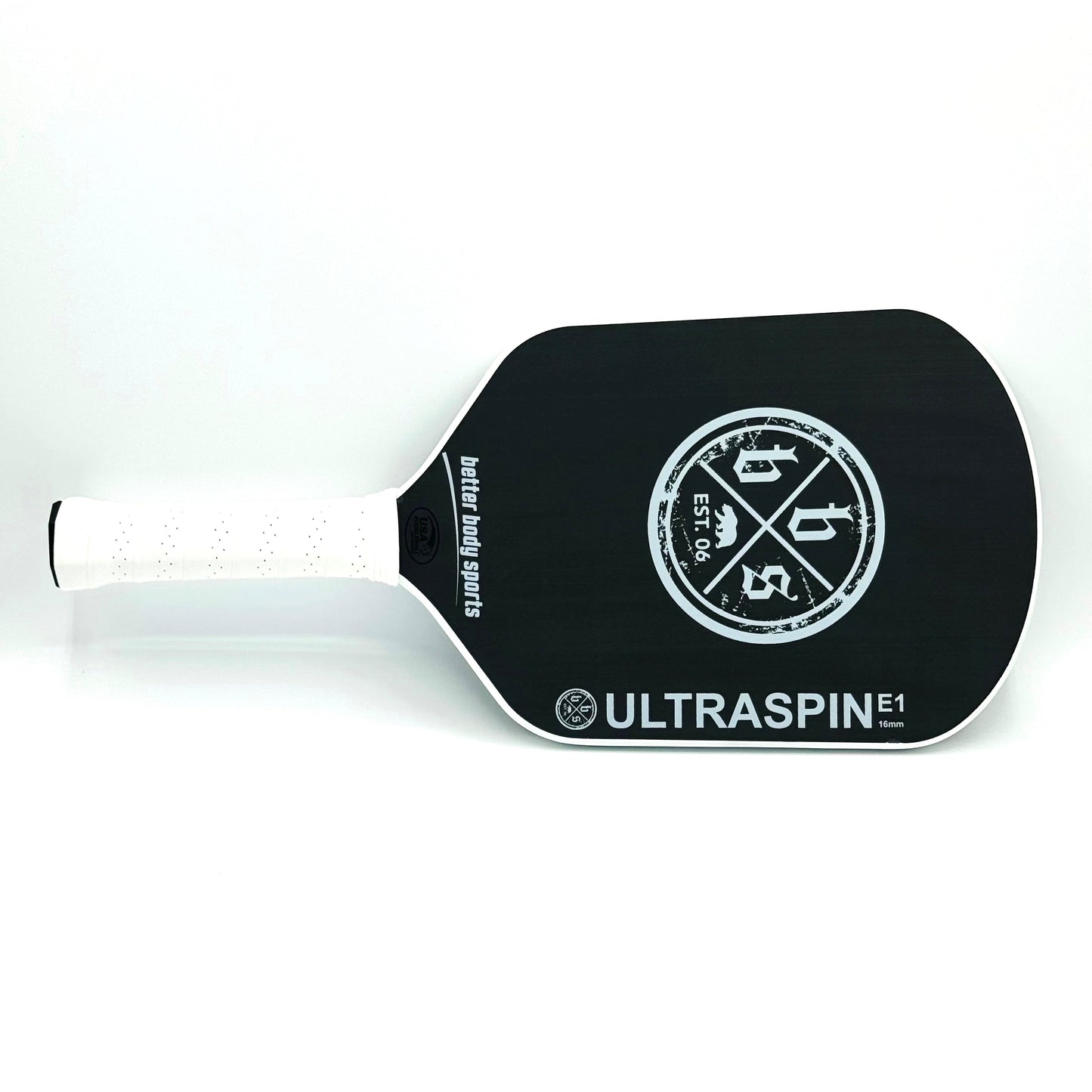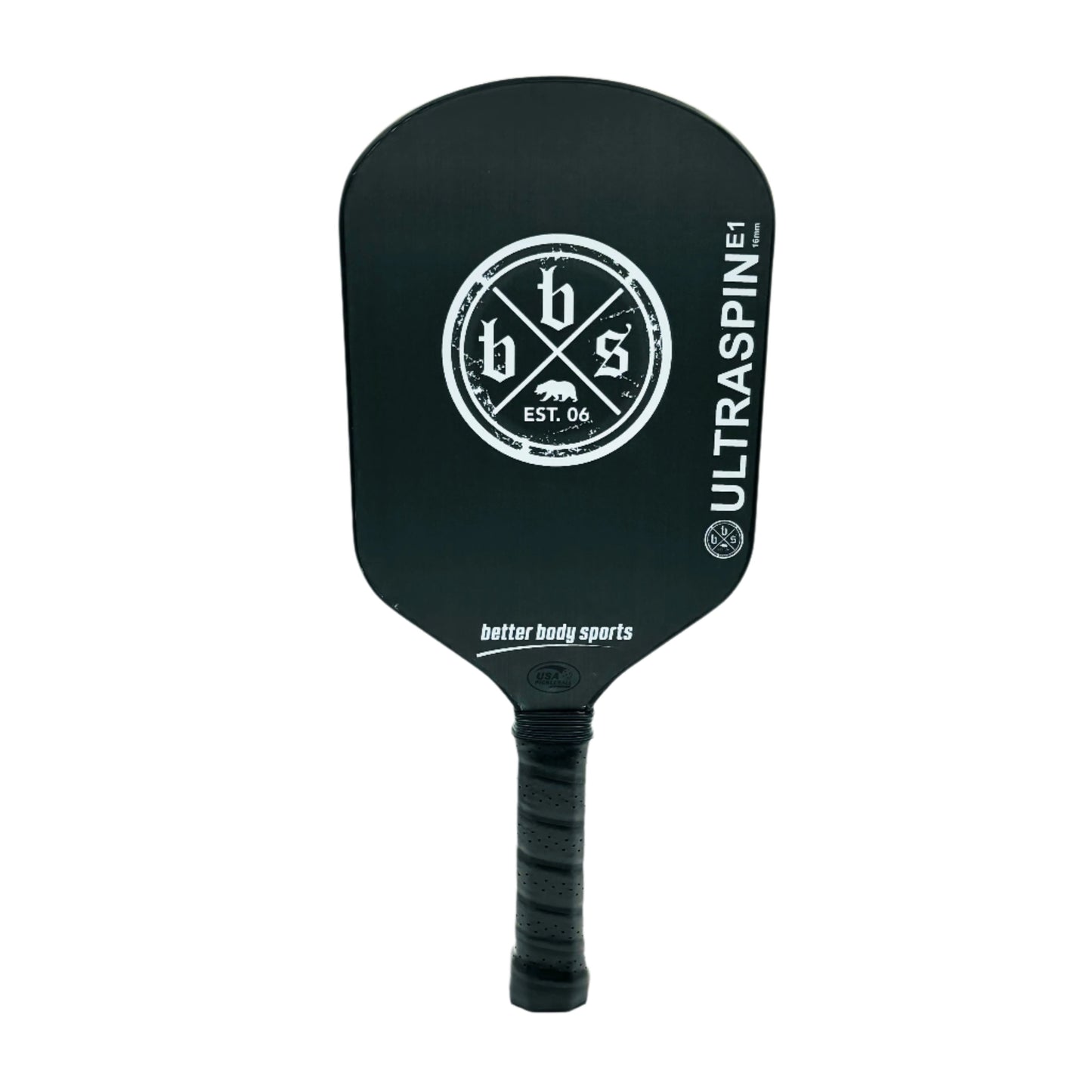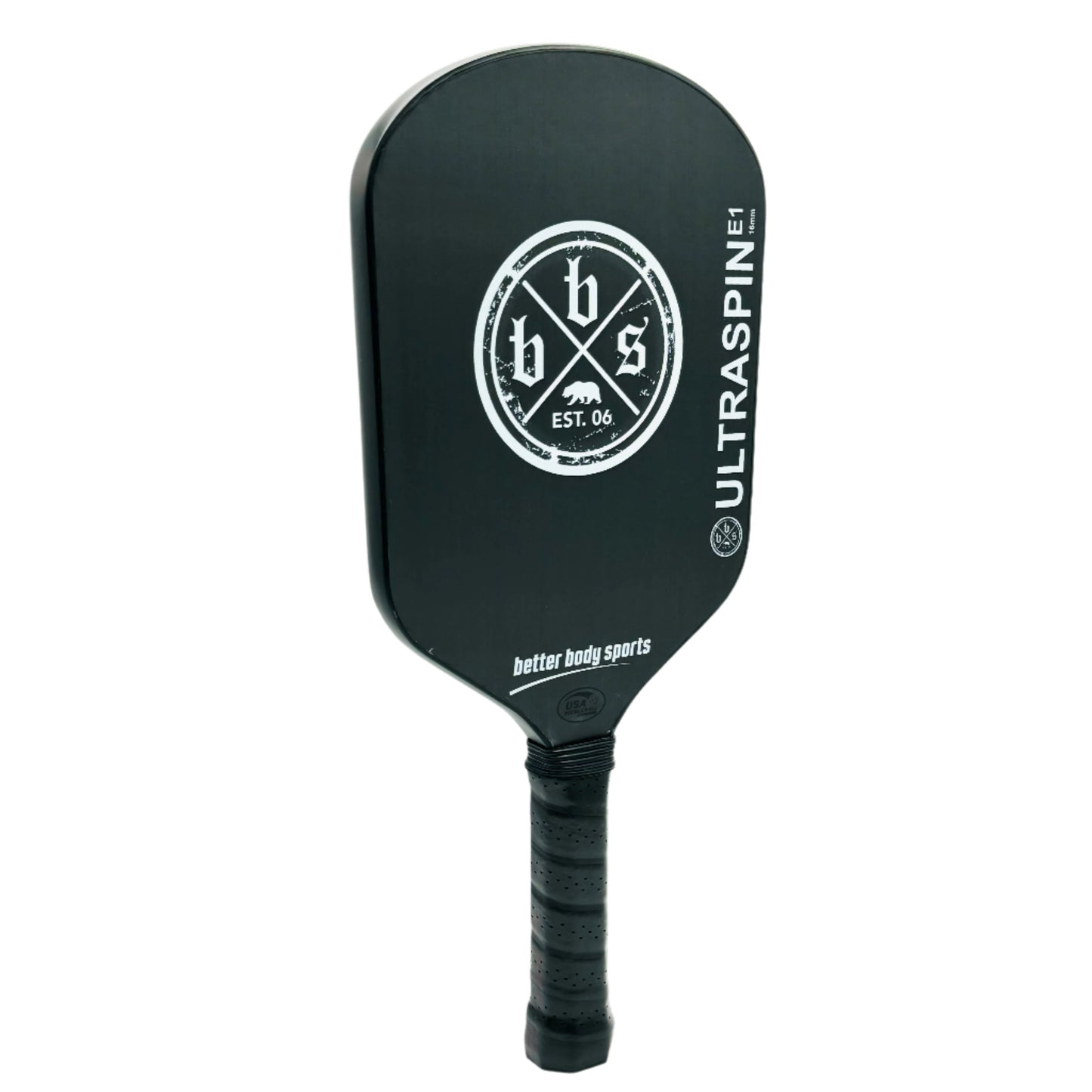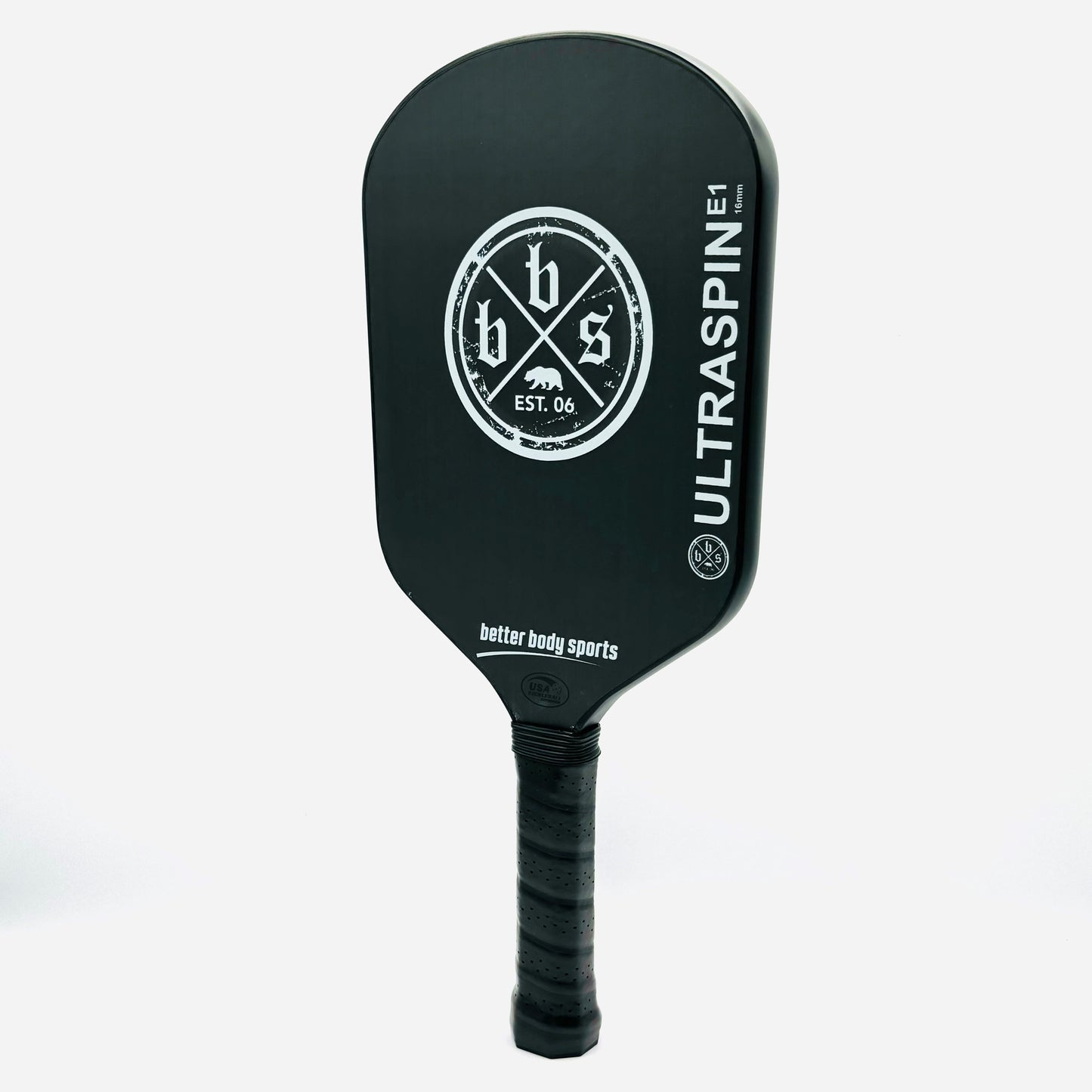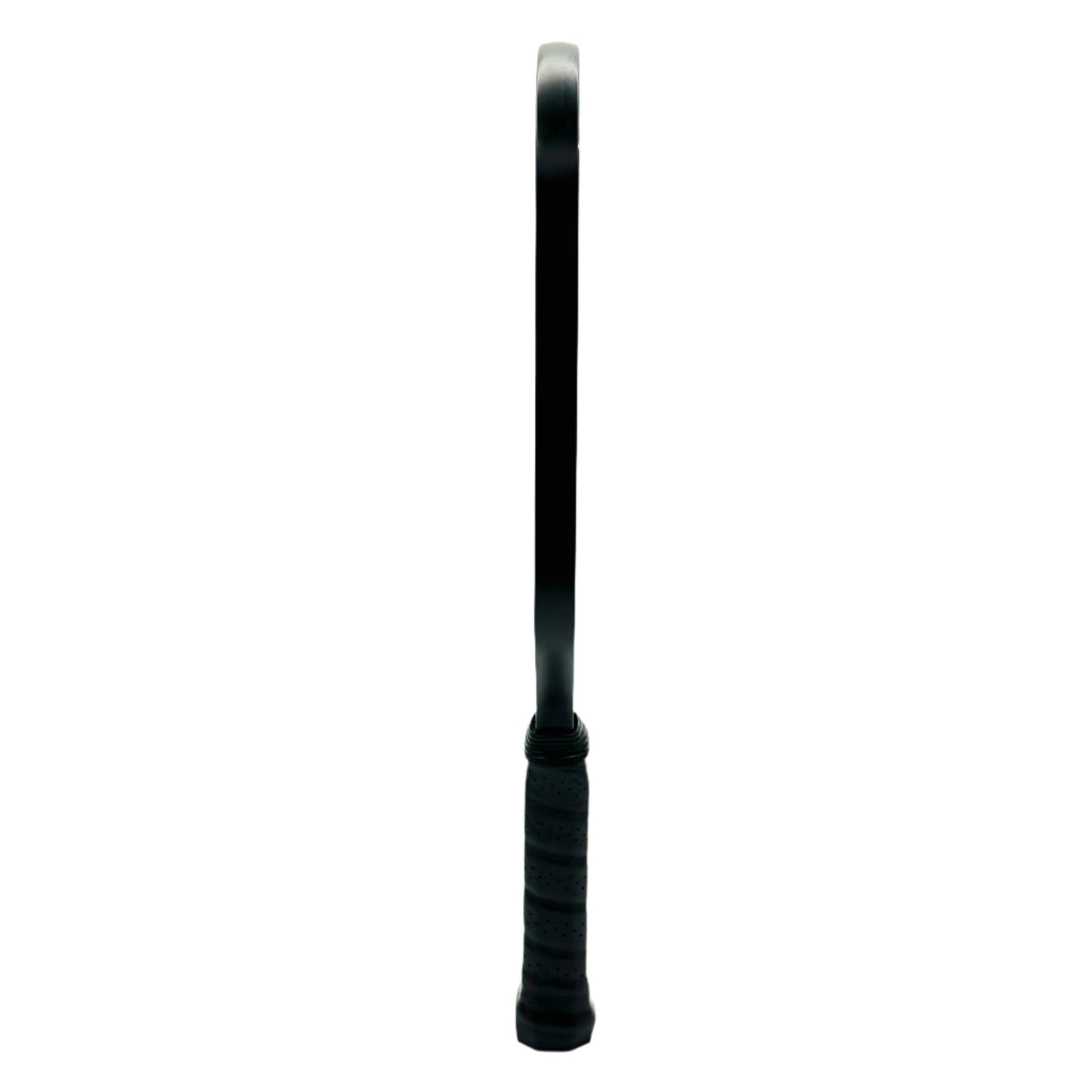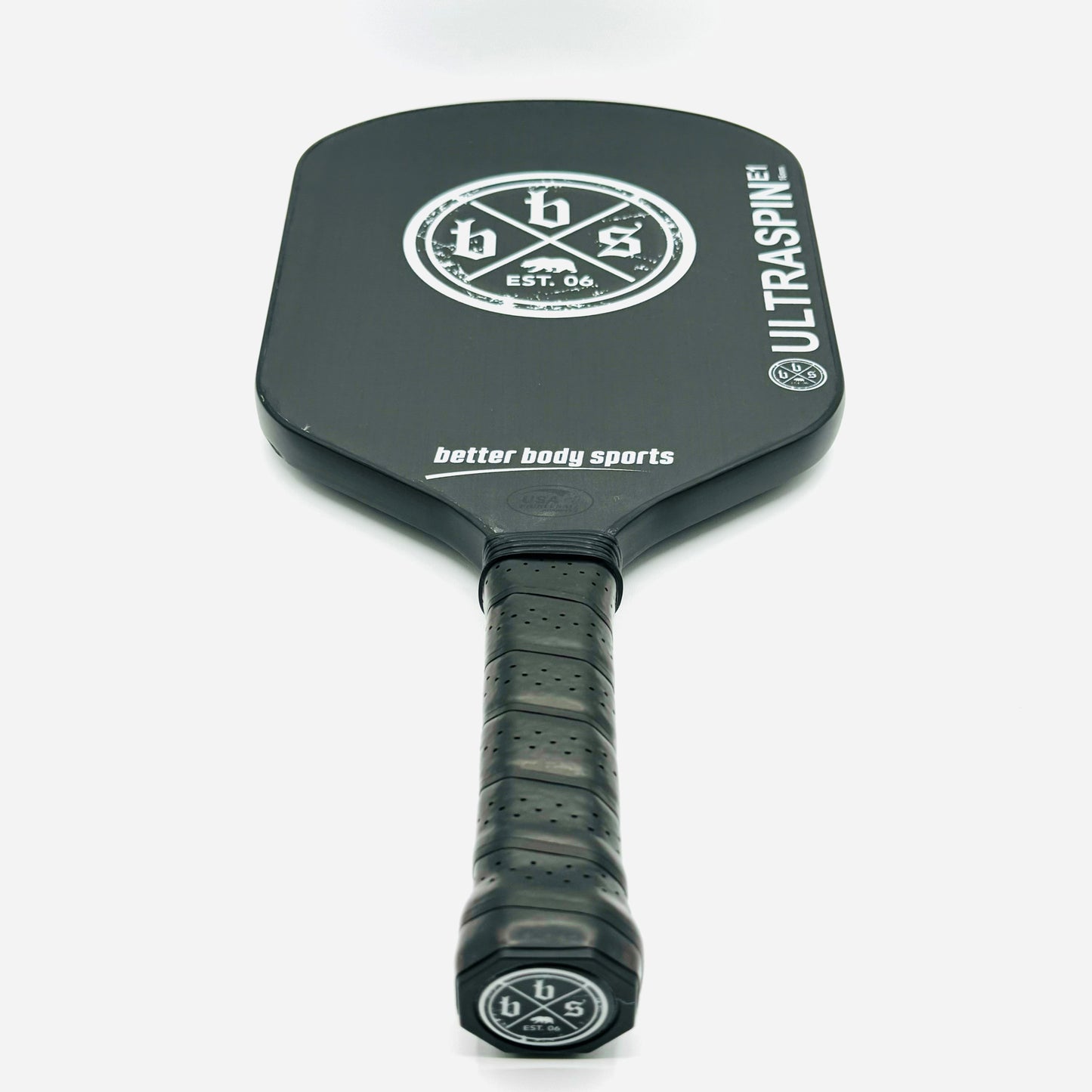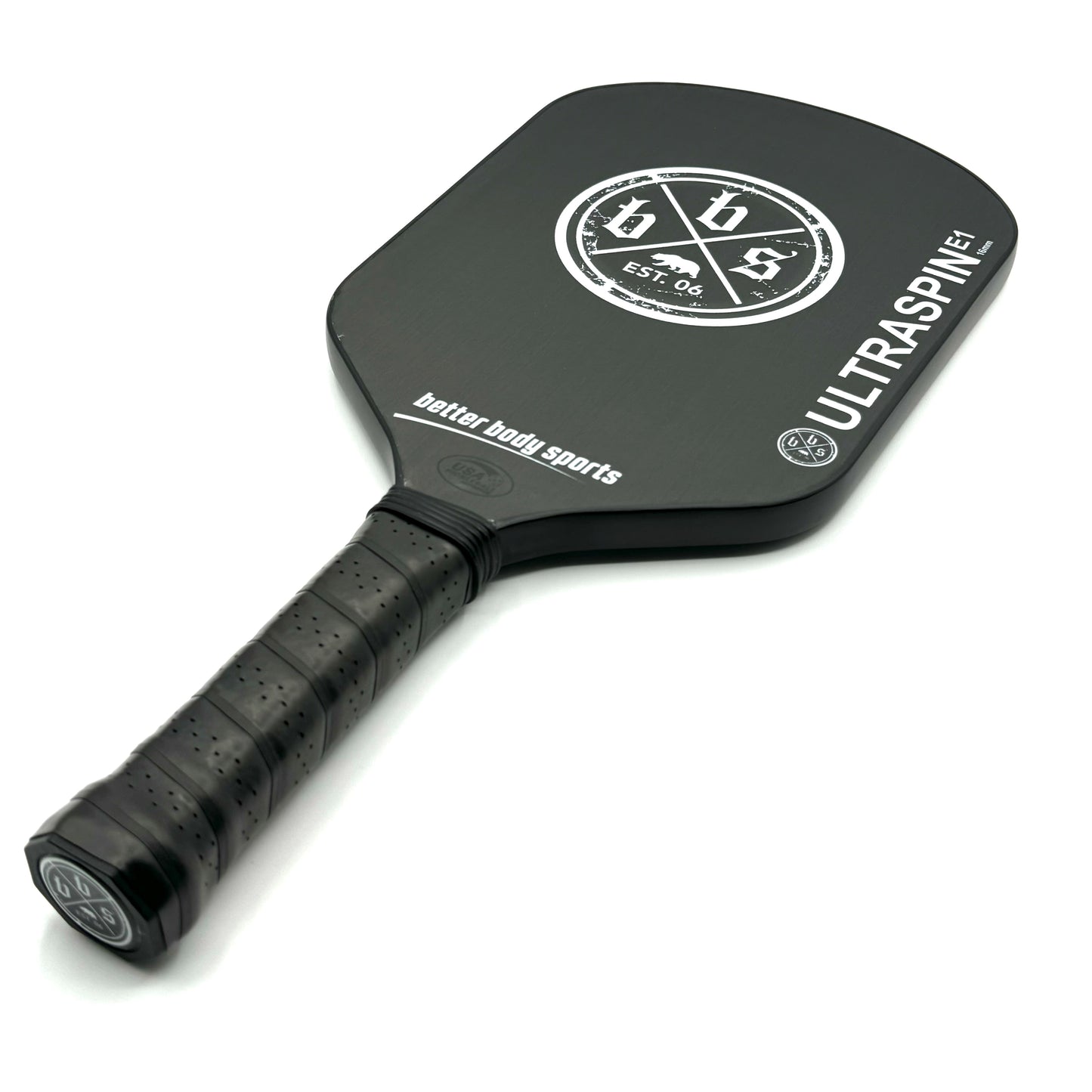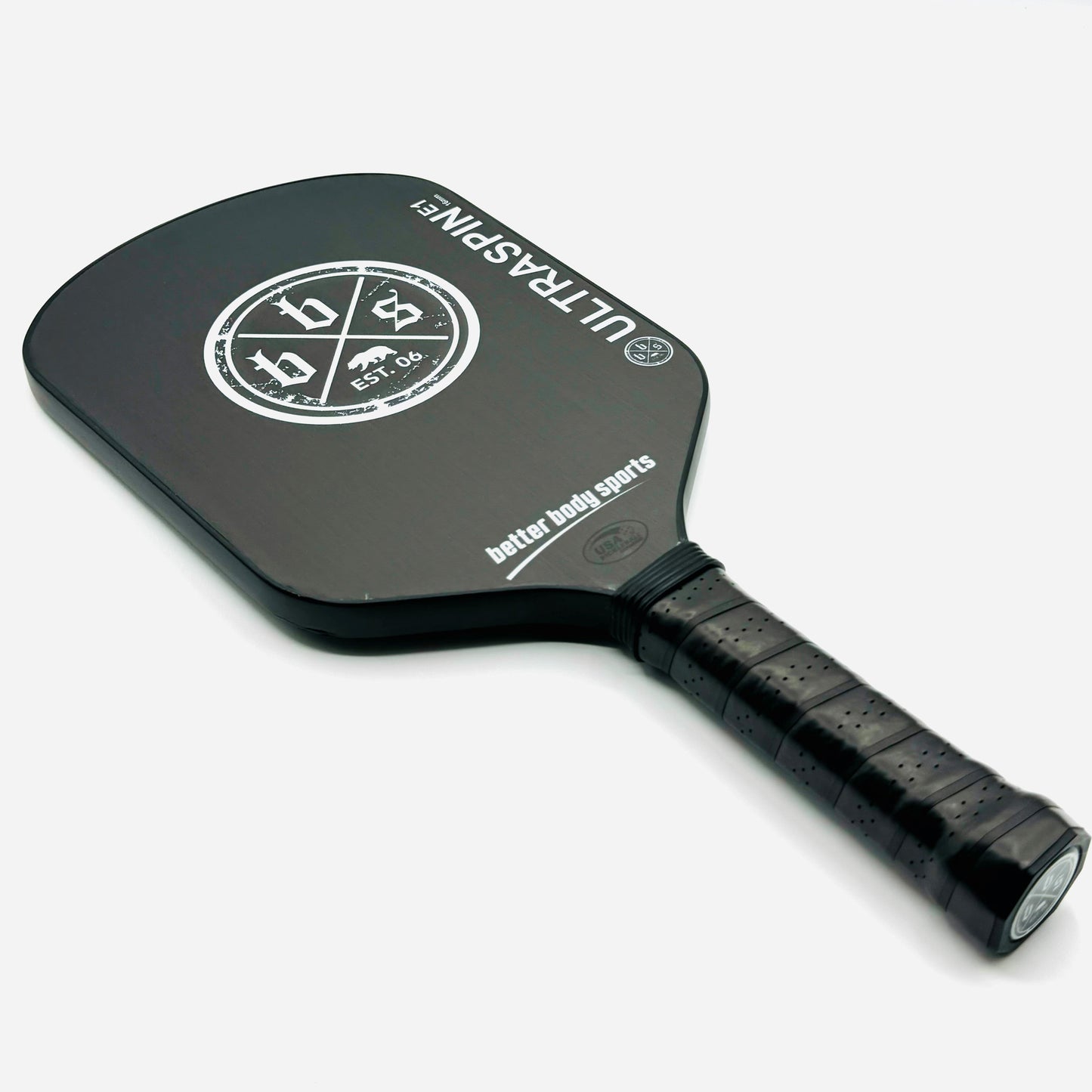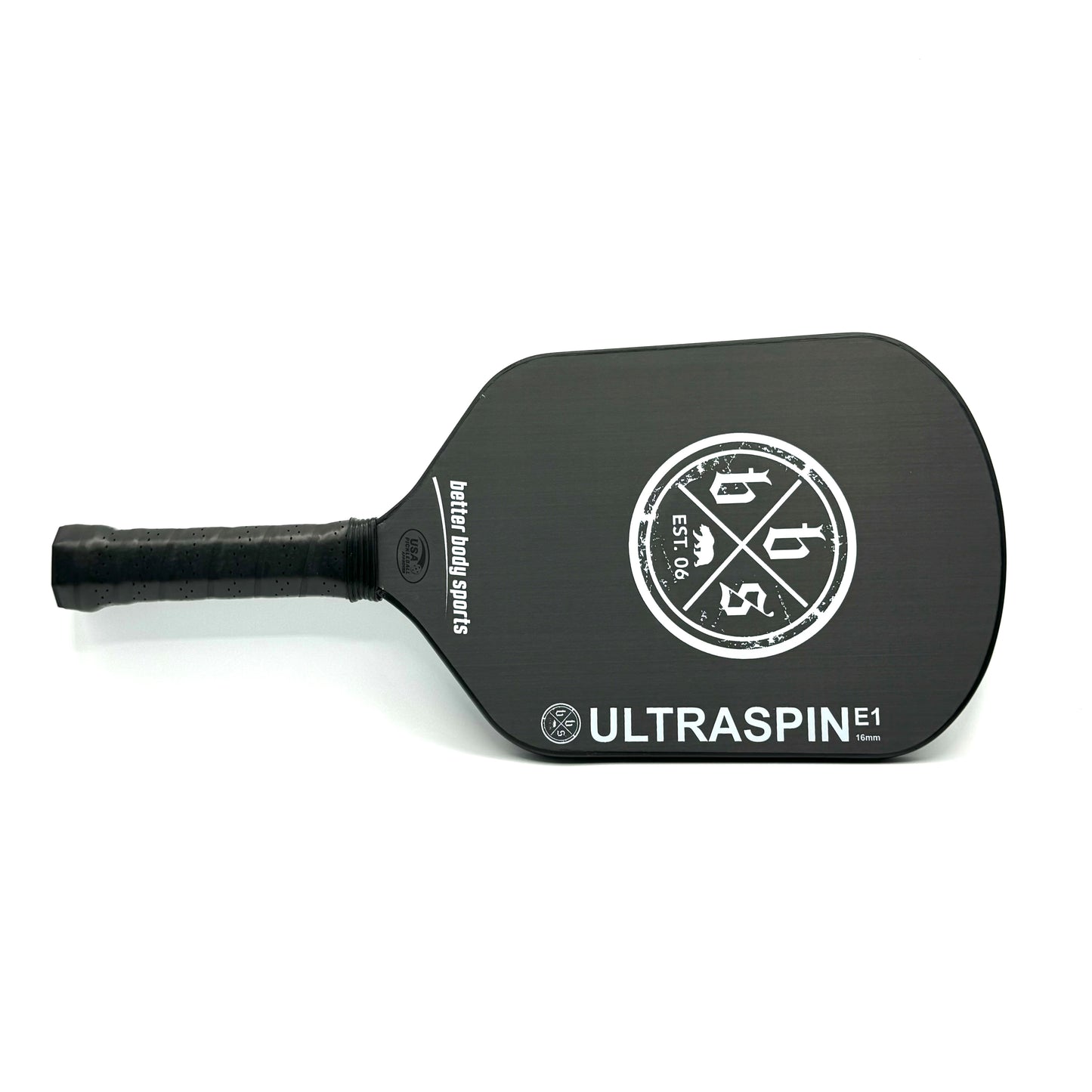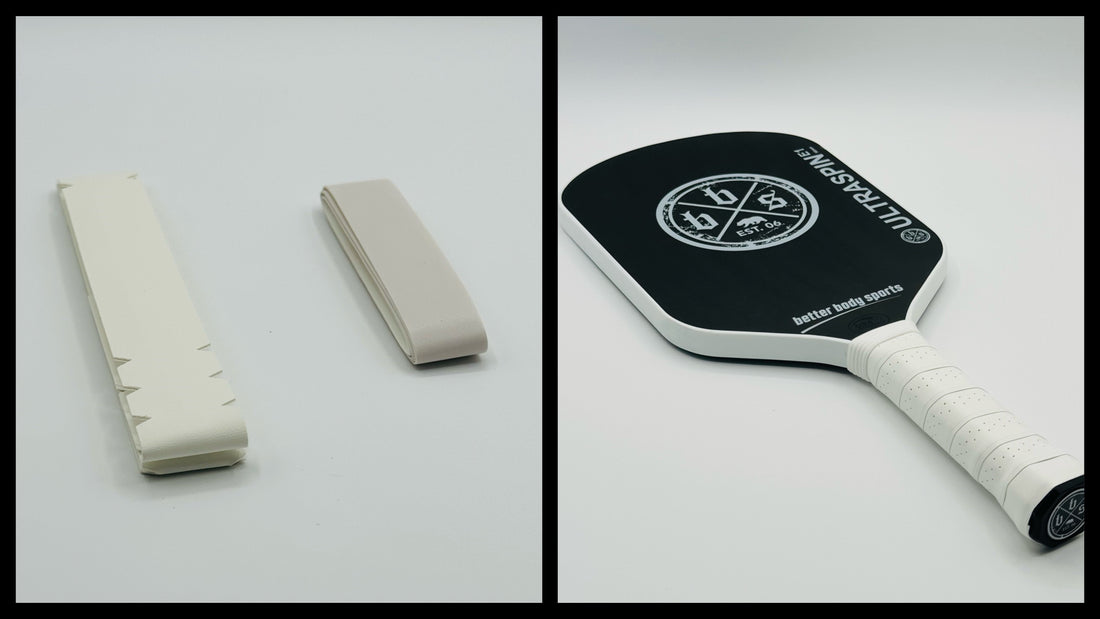
Why Protect Your Pickleball Paddle with Edge Guard Tape
Share
To maximize performance, today’s pickleball paddles are engineered to hit just the pickleball…and nothing else. They are not intended for contact with other objects, such as tennis balls or the ground. Although these paddles are durable enough to endure occasional scrapes against the ground or collision with a partner's paddle, they are constructed without excess materials to maintain a light weight and optimize both swing and twist dynamics, thus improving overall performance.
Historically, paddle manufacturers used edge guards to secure the core and surfaces, preventing the core from exposure. Should the edge guard chip or loosen, the paddle would fall apart. This issue may persist with new, inexpensive paddles priced around $20-30 found at discount retailers. However, modern high-performance paddles, whether thermoformed (hot-pressed) or traditionally cold-pressed, have surfaces and core that are bonded or fused and are much stronger. So there's less reliance on the edge guard for structural integrity.
So why would you still need edge guard tape? Read on…
Paddles with Edge Guard
Generally, a paddle equipped with an edge guard offers better protection against scrapes than an edgeless paddle. The guard is usually constructed from thermoplastic polyurethane (TPE), which is thick enough to endure significant scraping, wear, and tear. Additionally, the edge guard's tapered design safeguards the paddle's surface edges. It also provides enhanced protection against hard impacts compared to edgeless paddles. However, edge guards are still susceptible to chipping and may become detached upon impact.
This high-performance paddle's edge guard cracked and chipped when it struck the pickleball, not the ground.
Many players apply tape over lead weights or tungsten tape for a sleek appearance (and possibly to conceal the placement of their weights). Nevertheless, edge guard tape can provide an additional protective layer for paddles with edge guards, as the tape will wear down from scraping, reducing the wear on your edge guard itself.
Edgeless Paddles
Recently, edgeless paddles have become more popular. Their design, which omits the edge guard, results in a lighter paddle with optimized swing and twist weight. These paddles still possess a molded edge to protect the core, usually designed to be seamless and to form a single unit. Essentially, edgeless paddles are constructed with a built-in edge, making them more susceptible to impacts, scrapes, and wear than paddles with an edge guard.
Today, many edgeless carbon fiber paddle surfaces utilize either 3k or 6k carbon fiber. This grade of carbon fiber is more affordable and offers greater flexibility during the manufacturing process. But it lacks the grit and tensile strength of the popular T700 carbon fiber, which is among the highest grades available. Consequently, most paddles incorporating T700 carbon fiber feature an edge guard.
However, Better Body Sports has recently launched an exception: the UltraSpin E1 - 16mm Pickleball Paddle an edgeless paddle crafted with Toray T700 carbon fiber.
The UltraSpin E1 paddle boasts a seamless edge constructed from molded TPE, encasing foam-injected edges around the core. Each paddle receives a meticulous hand finish, complete with a thick, glossy coat of paint. Due to this distinctive finish, the paddle is more sensitive to wear from ground scrapes.


First picture displays the wear on the edge of my UltraSpin E1 paddle after approximately three months of almost daily play without edge guard tape. Although it's merely cosmetic and doesn't impact performance, the wear is quite evident. Second picture illustrates the paddle's appearance post-application of edge guard tape, making it look brand new! It even conceals my tungsten weight tape for a completely sleek appearance.
Therefore, using edge guard tape to protect your paddle is crucial. It's a small expense to safeguard your investment in a high-performance paddle and it significantly reduces the wear on the paddle's edge.
Types of Edge Guard Tape
Cheap electrical tape can serve as an edge guard tape; however, it is less durable than pickleball edge guard tape, which is made from a mix of fabric and thicker tape. It's advisable to buy edge guard tape that is the correct width, usually wider than the paddle itself. Typically, pickleball edge guard tape has a lifespan of 3-6 weeks, depending on usage. I suggest two specific types of pickleball edge guard tape.

Sawtooth Shape Edge Guard Tape
Sawtooth Shaped Edge Guard Tape is a pre-cut tape with serrated edges designed to fit snugly around the curved edge of a paddle. The benefit of this edge guard tape lies in its tapered design, which provides superior protection. When selecting a tape, ensure that it is at least 7mm wider than edgeless paddles and 10mm wider for paddles with an existing edge guard. For the UltraSpin E1 Edgeless 16mm, a 26mm tape would offer optimal protection.
Go here to purchase Sawtooth Shape Edge Guard Tape
Standard Edge Guard Tape
Standard Edge Guard Tape is available pre-cut or in rolls. This tape provides a sleek edge appearance akin to the original manufacturer's design while offering protection. Purchasing it in a roll allows you to save tape by applying it only to the top portion of the paddle, which is most susceptible to ground scrapes.
The picture shown is my UltraSpin E1 Edgeless 16mm paddle with 22mm pre-cut edge tape. A scrape is visible at the corner, indicating the tape, not the paddle, was scraped, and the tape barely covers the edge. Although adequate, a 25mm width tape is preferable for more protection and slightly tapered edge coverage. The 25mm tape is also available in rolls.
Go here to purchase Standard Edge Guard Tape 22mm (Pre-Cut)
Go here to purchase Standard Edge Guard Tape 25mm (Roll)
Thank You for reading and see you on the courts! -Edgar

